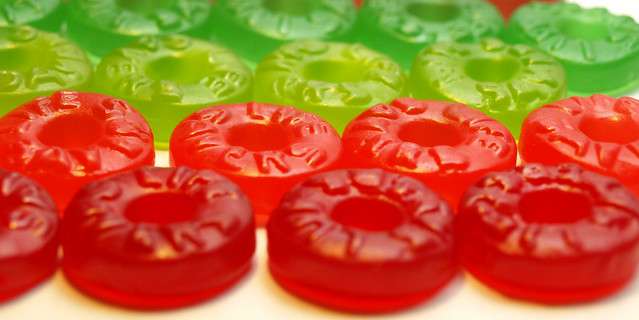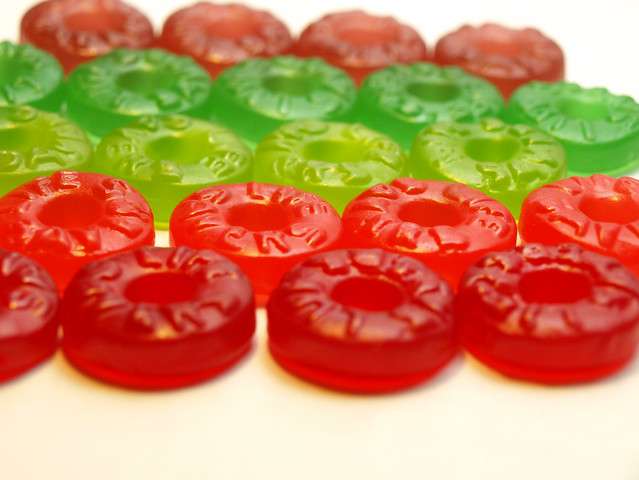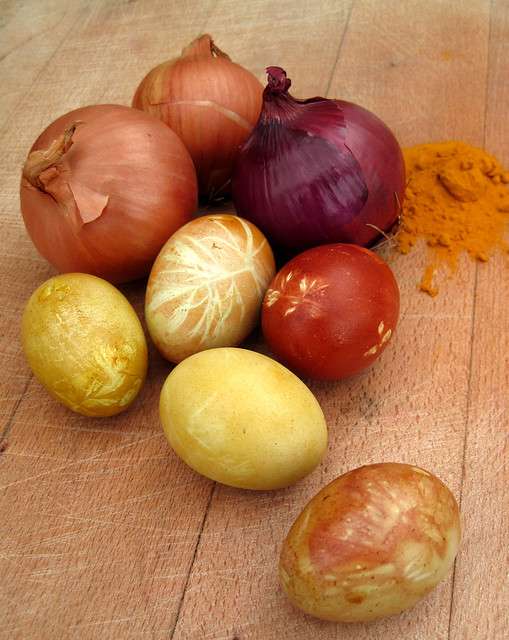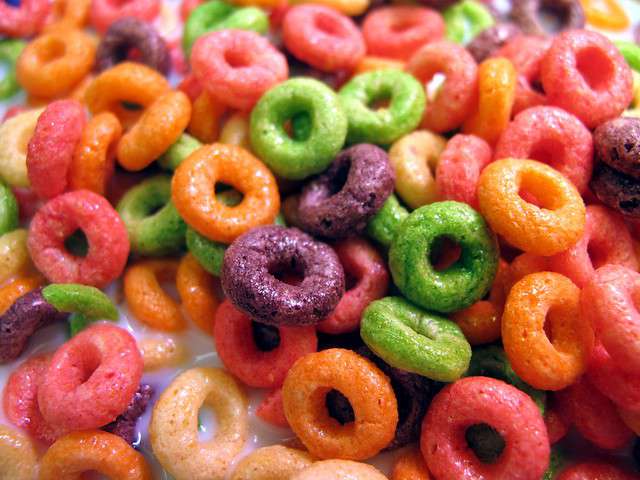
It is a sad reality that most of the manufactured food products on the market today include the word “artificial” somewhere on their packaging label. At some point in food production history, there was a collective decision to use imitation color additives to enhance the flavor and appearance of our foods. However, consumers are now demanding more natural alternatives for food products. Although no clear evidence has revealed that there are any significant health repercussions associated with artificial food additives, the public continues to push for new regulations1 and more natural alternatives in the ways we develop and produce our foods. Although FDA regulations on food coloring have been in place for many years, these new trends in natural coloring are forcing manufacturers to develop alternatives that boast a more natural approach to healthy food production.
Following the Wave of Change
Food color has a significant impact on consumer perception and choice. In fact, our preferred selection of flavors has more to with what we see than what we taste. Despite the rejection of artificial food color additives, consumers still migrate toward bold color options in many of their snack food and drink choices. Major manufacturers are keenly aware of this subliminal association between color and marketability and have utilized color assessment to monitor quality control for decades. Finding replacements for these potent artificial color additives to which consumers have grown accustomed can create challenges in color quality and control, but this is not stopping major manufacturers from jumping on board.

Leading industry manufacturers of snack foods, baked goods, and candy are all taking the initiative to transition towards more natural choices in food color additives.Image Source: Flickr user flickr./com/photos/amanda_munoz




